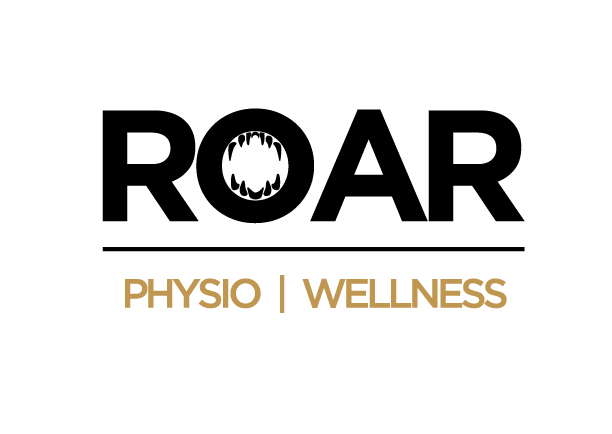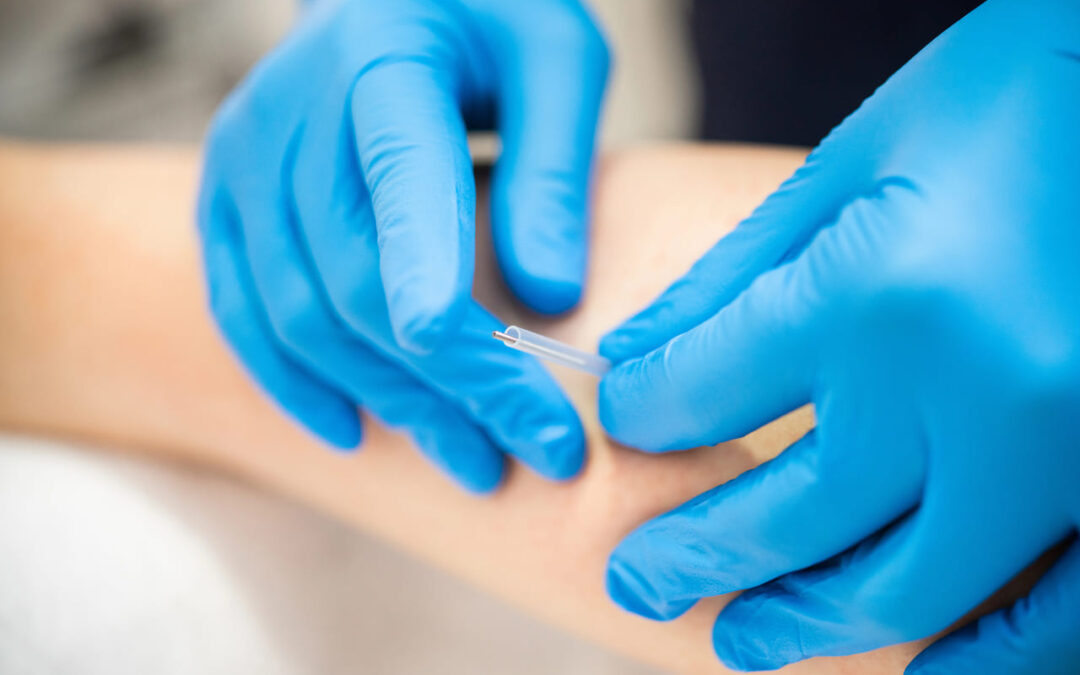Dry needling has gained popularity as a technique for treating muscle tension, pain, and movement dysfunction—but with that rise in use comes understandable questions about safety. In this blog, we take a detailed and educational look at the safety of dry needling—how it works, who should avoid it, what side effects are possible, and what standards professionals follow to minimize risk. Whether you’re considering dry needling or just want to better understand the treatment, this guide will help clarify the facts.
Understanding How Dry Needling Works
Dry needling is a therapeutic technique used by trained physiotherapists and other healthcare professionals to target muscle pain and dysfunction. It involves inserting thin, sterile needles directly into myofascial trigger points—tight, sensitive areas in the muscle tissue that are often responsible for referred pain, stiffness, and reduced mobility. Unlike acupuncture, which is based on traditional Chinese medicine, dry needling is rooted in modern Western medicine and focuses specifically on musculoskeletal issues.
When a needle is inserted into a trigger point, it can cause a local twitch response. This involuntary muscle contraction is often followed by a release of tension, which may improve circulation, decrease pain, and enhance range of motion. Dry needling is commonly used to treat chronic pain, muscle strains, joint dysfunction, tension headaches, and sports injuries. While some people experience mild discomfort during the procedure, many report significant relief following treatment. Overall, dry needling is designed to restore optimal muscle function by addressing the underlying neuromuscular causes of pain and tightness.
Is Dry Needling Considered a Safe Treatment Option?
Yes, when performed by a qualified and experienced practitioner, dry needling is widely considered a safe treatment. The procedure uses sterile, single-use filiform needles that are extremely thin and designed to minimize tissue trauma. Practitioners undergo specific training to understand anatomical structures, proper technique, and safety protocols. Most of the risks associated with dry needling are minor and temporary, such as soreness, bruising, or slight bleeding at the insertion site.
The overall safety of dry needling depends largely on the provider’s level of education and adherence to hygiene standards. Licensed physiotherapists and medical professionals trained in dry needling are equipped to assess whether the treatment is appropriate for an individual’s condition. They also take care to avoid sensitive areas, such as nerves, blood vessels, and organs, especially when needling near the chest, neck, or spine. When done correctly, dry needling offers a low-risk, non-pharmacological option for addressing musculoskeletal pain and movement restrictions.
Who Should Avoid Dry Needling?
While dry needling is generally safe, there are certain individuals and situations where it may not be appropriate:
- People with Needle Phobia: Those who have severe anxiety or phobia related to needles may find the experience too distressing.
- Individuals with Blood Clotting Disorders: Conditions like hemophilia or the use of blood-thinning medications can increase the risk of bruising or bleeding.
- Pregnant Individuals: Especially in the first trimester, dry needling may not be recommended due to unknown risks of stimulating certain points.
- People with Compromised Immune Systems: Those undergoing chemotherapy or who have immune deficiencies may be at higher risk of infection.
- Individuals with Skin Infections or Open Wounds: Needling over infected or damaged skin can lead to further complications.
- People with Certain Neurological Conditions: Disorders that affect nerve sensitivity or muscle control may alter how the body responds to dry needling.
- Young Children or Uncooperative Individuals: In very young or non-verbal children, communication barriers can make it difficult to gauge discomfort or side effects accurately.
A thorough medical history and screening help determine whether dry needling is a suitable and safe option for each individual.
Possible Side Effects of Dry Needling
Although most people tolerate dry needling well, some mild and temporary side effects can occur:
- Muscle Soreness: It’s common to feel soreness in the treated area for up to 48 hours, similar to the sensation after a deep workout.
- Bruising: Minor bruising may develop at the needle insertion site, particularly in areas with delicate blood vessels.
- Bleeding: Tiny drops of blood can appear at the site of needling, but this typically resolves on its own without concern.
- Fatigue or Lightheadedness: Some individuals feel unusually tired or dizzy after treatment, especially if multiple areas are treated in one session.
- Muscle Twitching: Local twitch responses during or after needling may feel strange but are typically harmless and often part of the therapeutic effect.
- Emotional Release: Occasionally, people may experience emotional shifts during or after treatment as muscular tension is released.
These side effects are generally short-lived and mild. Serious complications are rare when the procedure is performed by a qualified professional.
Get Your Roar Back
The Safety of Dry Needling vs. Acupuncture
While dry needling and acupuncture both use similar tools, their safety profiles and risk factors vary based on how and why the techniques are used:
- Training and Background: Acupuncture is rooted in traditional Chinese medicine, while dry needling is practiced by Western-trained clinicians. Both require specific certifications to ensure safe needle placement.
- Intent and Depth of Insertion: Acupuncturists often insert needles more superficially, whereas dry needling targets deeper muscle tissues, which requires greater anatomical precision.
- Treatment Duration: Acupuncture sessions may involve prolonged needle placement, increasing the potential for irritation in some cases, while dry needling is typically quicker.
- Risk of Organ Puncture: Because dry needling sometimes goes deeper into muscle tissue, especially around the thorax or neck, there’s a slightly higher risk of complications like pneumothorax—though this is extremely rare with skilled practitioners.
- Pain or Discomfort Levels: People often report more sensation with dry needling than acupuncture, which may include sharpness or twitch responses.
Both modalities are considered safe when performed by well-trained professionals, but dry needling generally carries more risk if anatomical knowledge is lacking.
Is Your Dry Needling Practitioner Qualified: What to Know
Determining a practitioner’s qualifications is essential to ensuring a safe and effective dry needling experience. Look for a healthcare professional—such as a licensed physiotherapist—who has completed additional accredited training in dry needling. These courses typically include both theoretical and practical components that cover anatomy, technique, and safety. Reputable practitioners should be open about their credentials and willing to explain their experience with the technique.
You can also check whether the practitioner is registered with a professional regulatory body, such as a provincial college of physiotherapy or a national organization that governs manual therapy practices. Reading reviews or seeking referrals from your physician or other healthcare providers can also provide insight into a practitioner’s reputation. Finally, a good dry needling provider will conduct a comprehensive assessment, explain the procedure clearly, and answer any safety-related questions before beginning treatment.
Safety Measures Dry Needling Practitioners Follow
Qualified practitioners take multiple steps to reduce the risk of complications and ensure your comfort:
- Sterile Needles: Only single-use, pre-packaged sterile needles are used to prevent infection.
- Hand Hygiene and Gloves: Practitioners wash hands thoroughly and often wear gloves to maintain a clean treatment environment.
- Anatomical Precision: Practitioners receive in-depth training on muscle structure, nerve pathways, and vascular anatomy to avoid sensitive areas.
- Screening for Contraindications: Before treatment, a full health history and risk assessment are conducted to identify potential red flags.
- Proper Needle Disposal: Used needles are disposed of immediately in sharps containers to maintain safety for both clients and providers.
- Client Communication: Practitioners explain the procedure and encourage feedback during treatment to monitor for adverse reactions.
These measures contribute to a safe and controlled environment for effective dry needling treatment.
Is Dry Needling Safe for Older Adults or Children?
Dry needling can be performed safely in older adults and, in some cases, children—provided certain precautions are followed:
- Older Adults with Fragile Skin: Extra care is taken to avoid bruising or tissue damage, and needling intensity is often reduced.
- Osteoporosis Considerations: In individuals with low bone density, superficial needling techniques are used to avoid stressing fragile structures.
- Medication Interactions: Older adults often take blood thinners or anti-inflammatory drugs, so bleeding risk must be assessed.
- Children with Musculoskeletal Pain: While less common, dry needling may be used in adolescents or older children under strict clinical supervision.
- Consent and Comfort: For pediatric clients, parental consent is required, and the child’s comfort and willingness to participate are carefully monitored.
- Simplified Techniques: Needling sessions for children and older adults tend to be shorter, with fewer needles and lower stimulation levels.
With proper modifications, dry needling can be safely incorporated into treatment plans for people across different age groups.
Safe and Effective Treatment Starts Here
When performed by a qualified practitioner, dry needling is generally a safe and effective option for addressing muscle pain and dysfunction. Understanding the risks, side effects, and precautions can help you make an informed decision about whether this technique is right for you. If you’re exploring new approaches to pain relief, movement restoration, or chronic muscle tightness, consider discussing dry needling with a healthcare provider who has the appropriate training and experience.
At Roar Physio | Wellness, our team is committed to providing care that’s both evidence-based and tailored to your needs—get in touch to learn how dry needling may fit into your recovery plan.

